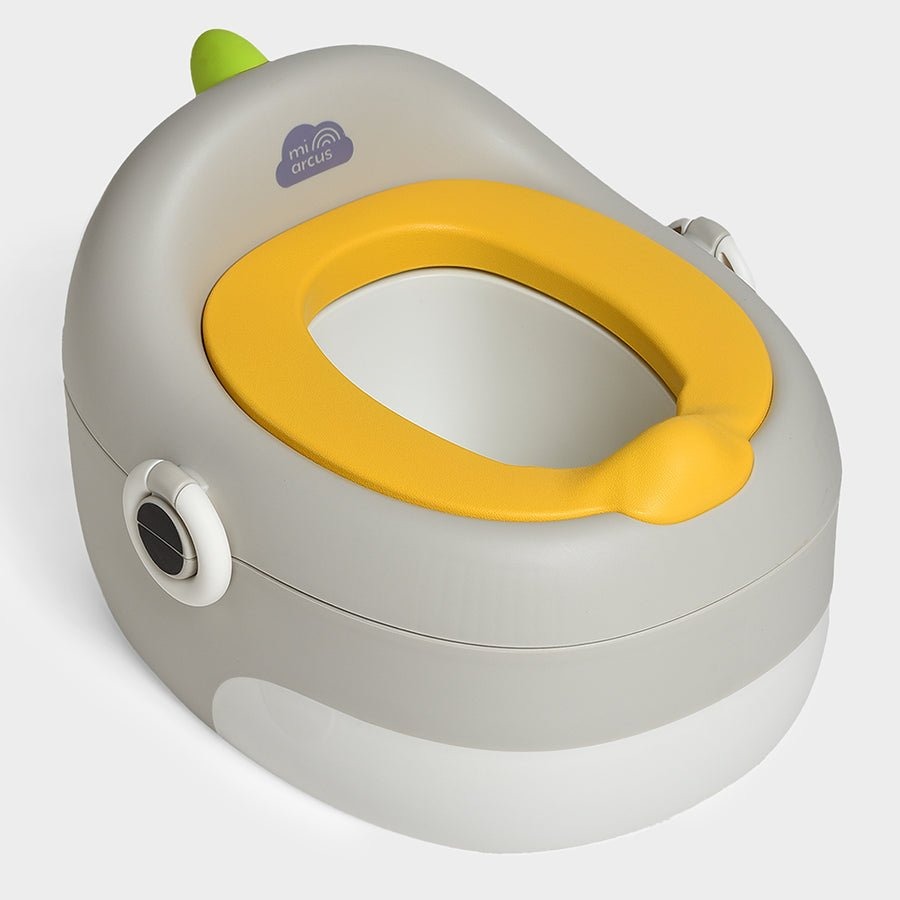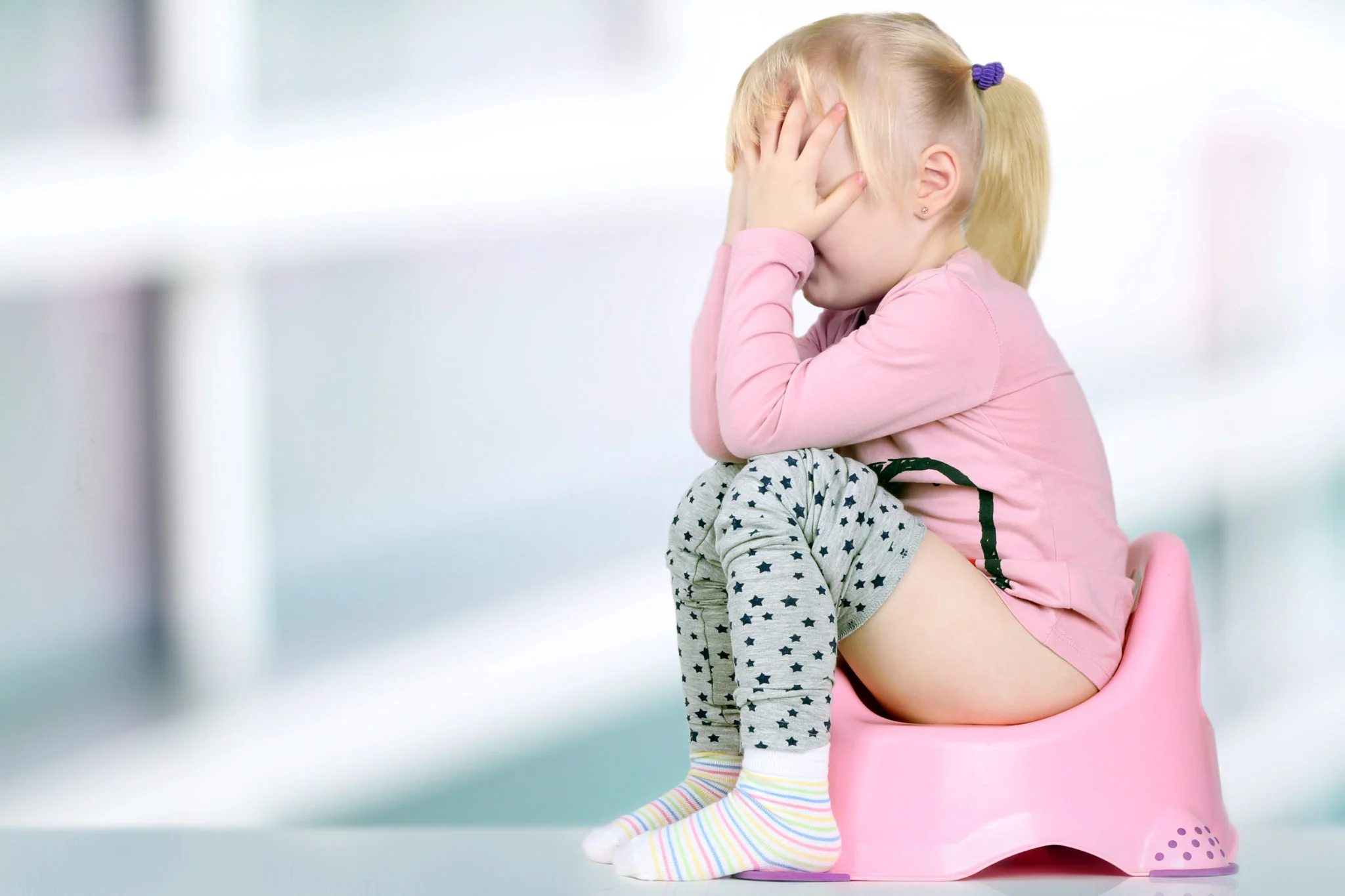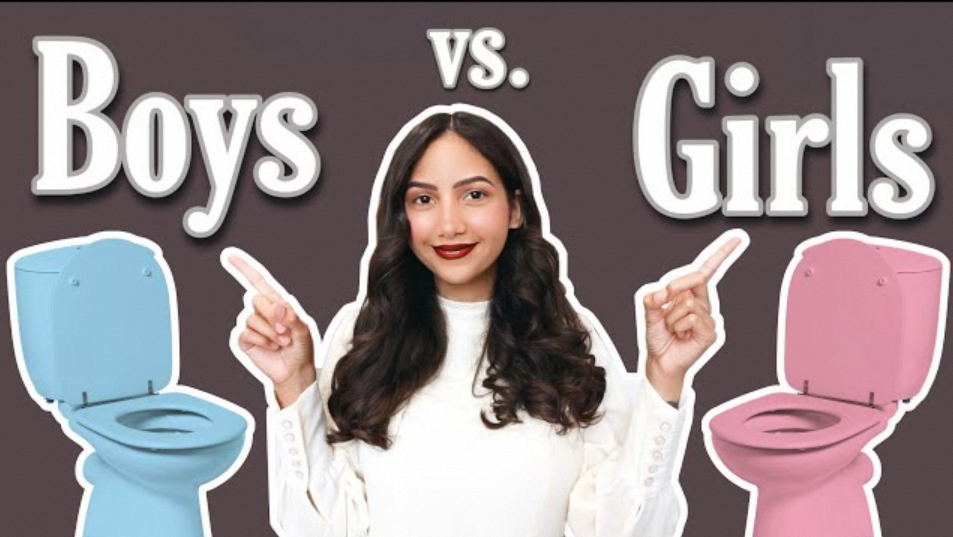Potty training marks a significant milestone in a child’s development. It’s a time of excitement, challenges, and lots of laundry. Choosing the right diapers can play a crucial role in making this transition smoother and more successful. Let’s explore the different types of diapers available for potty training and consider their unique features to help you select the perfect fit for your little one.
Understanding Potty Training Diapers
Potty training diapers, often referred to as training pants or pull-ups, bridge the gap between traditional diapers and underwear. They’re designed to provide a sense of independence while still offering some absorbency for accidents.
Key Features
Several features distinguish potty training diapers from regular diapers:
- Pull-up Design: They resemble underwear and can be pulled up and down independently by the child, promoting self-sufficiency.
- Reduced Absorbency: They’re less absorbent than regular diapers, allowing the child to feel wetness and associate it with needing to use the potty.
- Wetness Indicators: Some training pants feature wetness indicators that change color when wet, providing a visual cue for the child.
- Tear-Away Sides: Certain brands offer tear-away sides for quick and easy removal in case of accidents.
Types of Potty Training Diapers
Potty training diapers come in two main categories: disposable and reusable. Each has its own set of pros and cons.
Disposable Training Pants
Disposable training pants are convenient and readily available. They’re designed for single-use and offer easy disposal after accidents. Some popular brands include:
-
Huggies Pull-Ups: These feature Disney characters and a learning layer that mimics the feeling of wet underwear.
-
Pampers Easy Ups: These are soft and comfy with a stretchy waistband, offering a close-to-underwear feel.
-
Pull-Ups Learning Designs: These have graphics that fade when wet, helping children recognize the sensation of wetness.
Reusable Training Pants
Reusable training pants are a more eco-friendly and economical option. They’re made from absorbent fabrics and can be washed and reused multiple times. Some popular choices include:
- Bambino Mio: These are soft, breathable, and come in various fun designs.
- Bright Bots: These offer excellent absorbency and a trim fit for a close-to-underwear feel.
- Charlie Banana: These feature adjustable snaps for a customizable fit and come in a variety of colors and prints.
Choosing the Right Diaper for Your Child
Selecting the best potty training diaper depends on several factors:
Age and Development
Consider your child’s age and developmental readiness for potty training. Younger toddlers might benefit from disposable training pants for convenience, while older children might prefer reusable options for environmental reasons.
Sensitivity and Comfort
Some children have sensitive skin and might react to certain materials or fragrances. Choose diapers made from hypoallergenic materials and avoid those with added fragrances or lotions.
Absorbency Needs
If your child experiences frequent accidents, opt for training pants with slightly higher absorbency. However, remember that the goal is to help them recognize wetness, so avoid overly absorbent options.
Budget
Disposable training pants can be more expensive in the long run, while reusable options require an initial investment but can save money over time. Consider your budget and prioritize value.
Environmental Impact
If sustainability is a priority, choose reusable training pants to reduce waste and minimize your environmental footprint.

Transitioning to Underwear
Once your child shows consistent signs of potty training readiness, it’s time to transition to underwear.
Gradual Transition
Start by introducing underwear during the day when your child is most likely to stay dry. Use training pants for naps and nighttime until they consistently wake up dry.
Positive Reinforcement
Celebrate successes and offer encouragement during accidents. Avoid punishment or shame, as this can negatively impact your child’s confidence and progress.
Patience and Consistency
Potty training takes time and patience. Stay consistent with your approach and provide plenty of opportunities for your child to practice using the potty.
Choosing the right diapers for potty training can make a world of difference in your child’s journey towards independence. Whether you opt for disposable or reusable options, consider your child’s age, sensitivity, absorbency needs, budget, and environmental concerns.
Remember, potty training is a process, and accidents are part of the learning experience. With patience, positive reinforcement, and the right tools, your child will successfully transition to underwear and achieve this important milestone.
Addressing Common Concerns about Potty Training Diapers
Potty training can be a confusing time for both parents and children. Here are some common concerns parents often have about potty training diapers and how to address them:
Won’t training pants delay potty training?
This is a common worry. However, training pants are designed to facilitate the transition, not hinder it. They provide a sense of independence while still allowing children to feel wetness, which is a crucial part of the learning process.
Are training pants the same as regular diapers?
No, they are not the same. Training pants are less absorbent and designed to mimic the feel of wet underwear. They also often have features like pull-up designs and wetness indicators to encourage potty use.
How do I know when my child is ready for training pants?
Look for signs of readiness, such as staying dry for longer periods, showing interest in the potty, or expressing discomfort with dirty diapers. If you’re unsure, consult your child’s pediatrician.
How often should I change training pants?
Change training pants as soon as they become wet or soiled, just like regular diapers. This reinforces the connection between wetness and needing to use the potty.
Can I use training pants overnight?
It depends on your child’s progress. If they consistently wake up dry, you can try transitioning to underwear at night. Otherwise, use training pants with slightly higher absorbency for nighttime protection.
Additional Potty Training Tips
Potty training involves more than just choosing the right diapers. Here are some additional tips to support your child’s journey:
Make it Fun
Use positive reinforcement, songs, and games to create a positive and encouraging environment around potty training.
Be Patient
Potty training takes time and patience. Celebrate small victories and don’t get discouraged by setbacks.
Create a Routine
Encourage your child to sit on the potty at regular intervals, especially after meals and naps.
Involve Your Child
Let your child choose their own training pants or underwear, decorate the potty area, and participate in cleaning up accidents. This fosters a sense of ownership and responsibility.
Be Consistent
Consistency is key. Stick to your potty training routine and avoid switching back and forth between diapers and training pants.
Overcoming Potty Training Challenges
Potty training is not always a smooth journey. Here are some common challenges and how to overcome them:
Regression
It’s common for children to experience setbacks or regress during potty training. Don’t get discouraged; instead, offer support and encouragement.
Fear or Anxiety
Some children might develop fear or anxiety around using the potty. Create a calm and reassuring environment, and avoid pressuring or forcing your child.
Constipation
Constipation can make potty training difficult. Ensure your child is getting enough fiber and fluids, and encourage regular physical activity.
Nighttime Accidents
Nighttime dryness often takes longer to achieve. Use training pants with higher absorbency for nighttime protection and gradually transition to underwear as your child stays dry more consistently.
Conclusion
Choosing the right diapers for potty training is an important step in supporting your child’s transition to independence. By understanding the different types of training pants, considering your child’s individual needs, and implementing effective potty training strategies, you can make this exciting milestone a positive and successful experience for both you and your little one.







